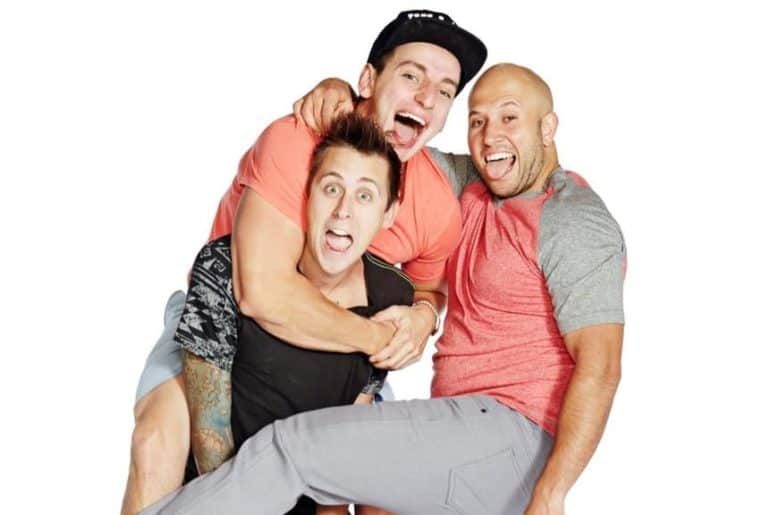Pranking is increasingly becoming a means of sustenance for many YouTubers. Humour is after all, harmless and entertaining. But is it?
Maximum entertainment is derived from an interactive and intriguing piece of art. But the idea of entertainment is more than just an exciting piece of work. It is really about subjectivity. It is an impressing of ideals on the audience, as it also truly holds a mirror to the society. The content that we feel connected to most is the expression of an artist that we find most relatable. An increasing effect of pranks clouding over media-content is not very latent. Pranking is now an expression of humour.
Humour, again is not easy to classify as a term. It is subjective. The true concern then is the act of deciding when humour becomes more than just something to celebrate. Even in its subjectivity, the idea of humour is extremely broad in the sense that it deals with human values; and in that, it must hold some ethical ground. You might enjoy an offensive joke, but to someone else, it might be a humiliation. Logically, even in humorous banter, we need to practise certain restraint.
It is this restraint that is lacking in the YouTube pranksters’ fraternity. You will see thumbnails of blurred (and sometimes not even blurred) women being asked uncomfortable but “humorous” questions by a promising YouTube “artist” on your YouTube Trending List. Videos like “Would You Rather Slap Me or Kiss Me?” and others are extremely unacceptable. These videos are shot without the consent of the starring participants because the camera must record their authentic reactions.
Shooting around public places like parks and metro stations, these problematically curious adventurers cause discomfort and insecurity. A few days ago, four girls from Delhi University were captured on record sitting in the Central Park in Connaught Place. When they questioned an actor with the “hidden” cameraman– a part of the pranking troop– the actor mentioned that they were “shooting for a YouTube video for their channel”.
It is appalling how easily you can justify something like this borderline stalking act by using the hidden camera argument! There is no element of consent or respect that concerns this rancid humour. Does this impeach of people’s privacy by recording their actions deceptively has any healthy appeal to it? The sadly egregious reality is that such content actually finds an audience of millions on YouTube.
Disbelieving the actual existence of this creepy behaviour in our daily lives, Debopriya Bhattacharya, a Literature Major from Hindu College says, “So all this time I thought these were ‘fake’ videos but now that I know they are shot without consent, it gives me all the more reason to abhor them. I feel these videos are the cheapest forms of entertainment that are out there on the internet and what’s more surprising is that these videos have an active ‘audience’.”
It is difficult to defend the audience when that selfsame audience feeds on such sick content. These videos and experiments also make it difficult to challenge the everyday issues that disallow women to be an equal member in the social settings; as most of these videos capitalise on objectifying women. Humour cannot be allowed to be subjected to this festering of lowly “pranks”.
Pranking as an act is not the problem, however. Healthy humour is really the lifeblood of entertainment, but the important factor to be considered is active and informed participation of the people involved in the act.
Discomforting people and creepily stalking their footfall, to cater to your needs of providing the society with something to laugh about is not cool. Humiliation is not humorous as it is not the idea of entertainment. Period. It is time we start calling out such “pranksters” before they capitalise on YouTube views and subscriptions.
Feature Image Credits: The Daily Dot
Kartik Chauhan
[email protected]





Comments are closed.